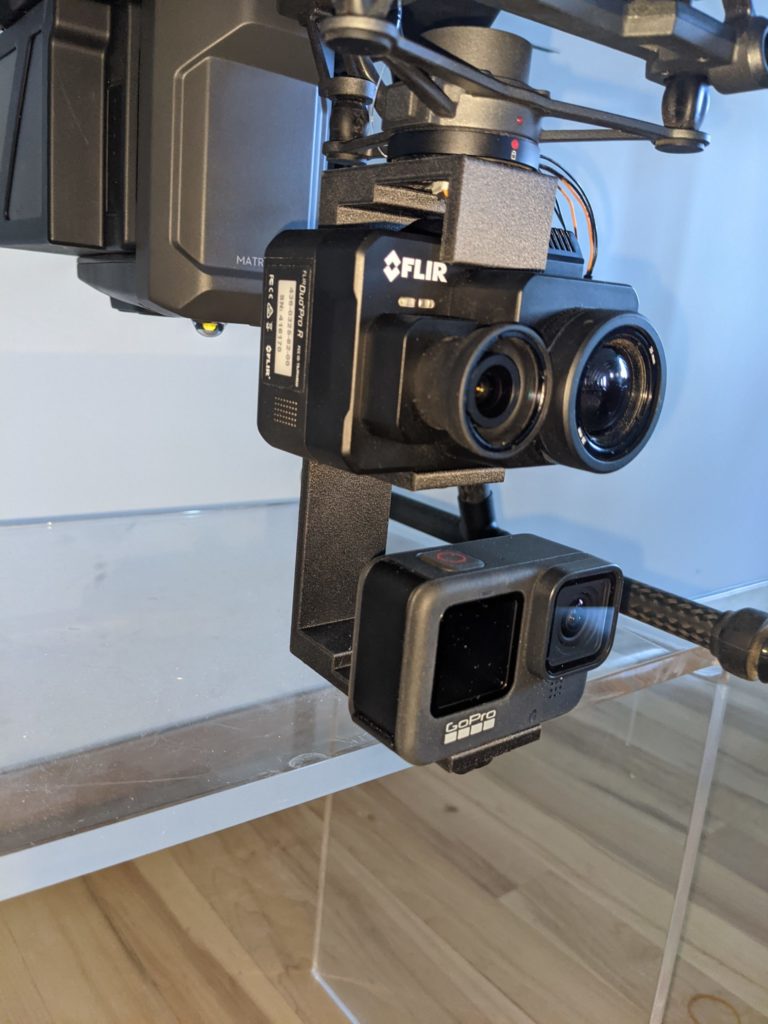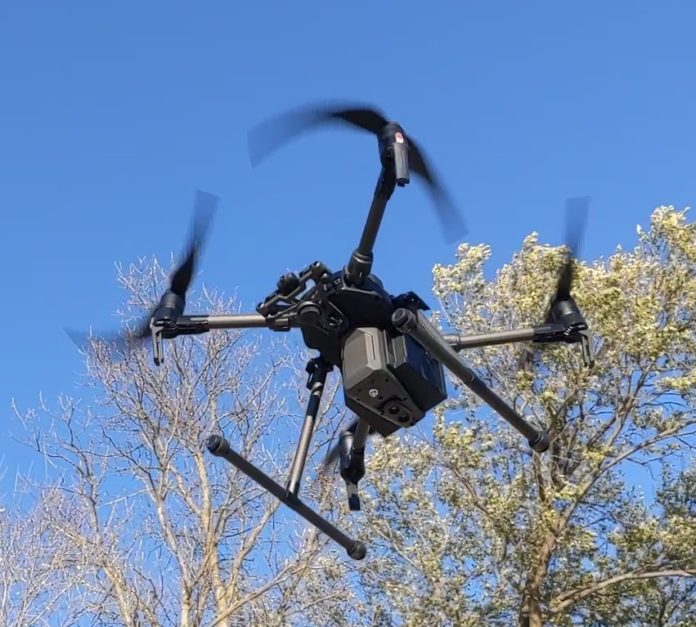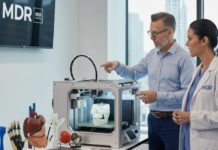A few regular readers of 3D Adept Media who are working in industrial sectors have asked me repeatedly how 3D printing can be applied in the agriculture field. While my research is still in progress to accurately respond to their questions, I am glad 3D printer manufacturer MakerBot gives a look at what 3D printing can do in this sector.
The truth is, with the uncertainty regarding climate change, farmers also have to adapt at several levels. For agriculture technology companies like Dragontech, a part of the work consists in balancing the scales with a drone-based data-gathering platform.
While large farms have the appropriate resources to implement such type of platforms, the challenge is more complicated for farmers themselves who often lack financial resources for such integration.
With the ultimate goal of helping commercial farmers get the most out of their data, dragontech aims to bring standardized solutions, that could be customized and include among other things, drones packed with sensors. Not to mention that, they should be easier to use to allow a widespread adoption in the field.
“We want to be able to take pretty much any kind of sensor and integrate it into a drone, and make it all integrated into a single out of the box platform so anyone can use it,” says Mel Wieting, founder of Dragontech. “There are ways that you can put together solutions now, but there’s a big potential market for a more out of box packaged solution that can cater directly to the farmers.”
In a press communication, MakerBot explains that, Wieting, a former employee at Lawrence Livermore National Laboratory (LLNL), has been working on technologies that would eventually lead to current efforts to predict and maximize crop yields. After 15 years at LLNL, he and a partner started working on sensors and controllers that could monitor and control large farm-based pivot irrigation systems. Wieting’s former company – Agsense – blossomed into an industry leader in remote management technology, having recently been valued just shy of $100 million. Wieting has been in the agritech field ever since.
In this specific case, Dragontech builds the systems integrations. However, 3D printing enables Wieting to design and quickly test variations of mounts that will hold and balance these instruments.
“We went out and bought a dji enterprise drone, a few different cameras and lidars, and the key part of this – the Method x 3D printer. (DJI is a provider of enterprise level drones that can carry extreme payloads).”
An example of one of their early builds is a DJI matrice drone with a suite of advanced sensors (FLIR, Multi-spectral, and Lidar), and an on board processing unit (gpu and battery) – all mounted using 3D printed carbon fiber brackets and fixtures.

“I have some experience using 3D printers, but what intrigued me about the method x was the use of carbon fiber material along with the enclosed heated chamber, resulting in the strongest possible parts – which is important when i’m printing fixtures to attach $10,000 sensors to a drone”, Wieting states.
Focus on agile production
While 3D printing has helped the Dragontech team manufacture their first prototypes, and advance through their initial design and testing phase, Wieting’s plan is to create an agile production line with a digital inventory of parts.
“I can start printing [parts] right away, and I can still have them way faster than if I was using a supplier to get me the part, so it’s a massive benefit to have the printer,” said Wieting.
Once they have their parts vetted and optimized by an outside engineer, they will create a digital inventory allowing them to print parts on-demand – minimizing their requirement for outsourcing production or allocating excessive space for physical inventory storage.
While agriculture is the starting point, Mel Wieting sees Dragontech’s potential in a variety of industries that require remote monitoring and data collection in vast environments.
“We’re starting in agriculture where we see an obvious market need, but there are many other industries and applications that we could open up to in the future,” he stated.
Remember, you can post job opportunities in the AM Industry on 3D ADEPT Media free of charge or look for a job via our job board. Make sure to follow us on our social networks and subscribe to our weekly newsletter : Facebook, Twitter, LinkedIn & Instagram ! If you want to be featured in the next issue of our digital magazine or if you hear a story that needs to be heard, make sure to send it to contact@3dadept.com






